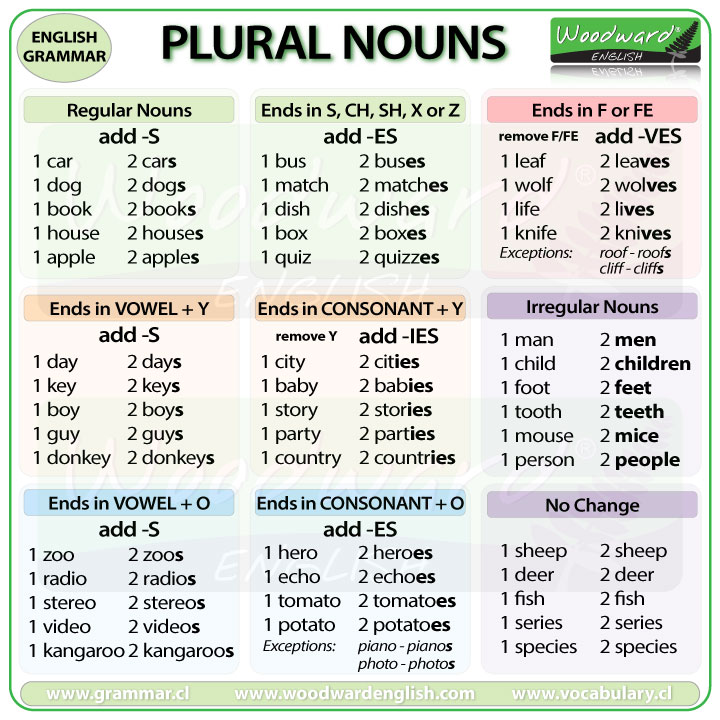
ABBINA LE IMMAGINI DELLE PERSONE ALLA LORO DESCRIZIONE IN INGLESE
DESCRIBING PEOPLE

DAYS OF THE WEEK – 1
DAYS OF THE WEEK – 2

MONTHS OF THE YEAR 1
MONTHS OF THE YEAR 2

In inglese per dire l’ora devi immaginare che l’orologio sia suddiviso in due parti. Dall’ora esatta (o’clock) alla mezz’ora successiva, si indicano i minuti passati (past) dopo di essa. Quando da una certa ora è passato un quarto, si dice “a quarter past” quando è passata mezz’ora si dice “half past”. Nella seconda metà dell’orologio si indicano i minuti che mancano per arrivare all’ora successiva. Infatti “Ten to eight” significa dieci alle otto, cioè le otto meno dieci. “A quarter to eight” significa un quarto alle otto, cioè le sette e tre quarti.
Quindi nella prima metà si indicano i minuti passati da una certa ora.
Nella seconda metà si indicano i minuti che mancano per arrivare all’ora successiva.
ABBINA LE IMMAGINI DEGLI OROLOGI AGLI ORARI IN INGLESE
WHAT TIME IS IT?

ABBINA LE IMMAGINI DELLE AZIONI QUOTIDIANE AL LORO NOME IN INGLESE.
MY DAILY ROUTINE

ESERCIZIO
RISCRIVI IL TESTO IN TERZA PERSONA
FAI ATTENZIONE A METTERE IL VERBO IN TERZA PERSONA
NELLA FORMA CONTRATTA O NON CONTRATTA
A SECONDA DI COME E’ STATO SCRITTO NEL TESTO RIPORTATO IN PRIMA PERSONA.
SE VUOI LA SCHEDA DELL’ESERCIZIO IN PDF CLICCA QUI E LA SOLUZIONE CLICCA QUI

LEGGI IL TESTO E RISPONDI ALLE DOMANDE
“Today it’s Tommy’s first day of school. He is ten years old.
He gets up at seven o’clock and gets dressed. He is very happy today. He goes to the kitchen and has breakfast with his mother. He always has milk and biscuits. After breakfast he brushes his teeth and combs his hair. Then he puts his book in his new schoolbag. He gets on the bus and goes to school. When he arrives at school at nine o’clock the teacher is waiting for the children. They have lunch in the school canteen at twelve o’clock. There are five hours of English in a week. The science lesson is on Tuesdays.
Tom has a music lesson on Mondays, from eleven o’clock to twelve o’clock. He goes home at four o’clock in the afternoon and he does his homework. The school year is from September to June. Children attend Primary school from 5 to 11 years of age. They usually wear a uniform. Schools are open from Monday to Friday, from nine o’clock to half past three. There is a break of 20 minutes in the morning and a second break in the afternoon.”
FAI IL TEST
TOMMY’S FIRST DAY SCHOOL
SE VUOI LA SCHEDA DELL’ESERCIZIO IN PDF CLICCA QUI

La forma plurale dei nomi in inglese si ottiene generalmente aggiungendo -s alla forma del singolare:
table → tables, chair → chairs, name → names, footballer → footballers,
aeroplane → aeroplanes.
Nei nomi che terminano in -s, -sh, -ch, -x, -z, -o si aggiunge -es
bus → buses, dish → dishes, watch → watches, box → boxes, potato → potatoes,
adress → adresses, church → churches.
Nei nomi che terminano in -y preceduta da consonante, si trasforma la y in i e si aggiunge –es
baby → babies, country → countries, dictionary → dictionaries, party → parties,
lady → ladies.
Nei nomi che terminano in -y preceduta da vocale, si aggiunge normalmente la -s
boy → boys, day → days.
Nei nomi che terminano in -f e -fe, la -f e la -fe diventa v e si aggiunge –es
half → halves, calf → calves, wife → wives.
Fanno eccezione a questa regola:
roof → roofs, chief → chiefs, cliff → cliffs, dwarf → dwarfs
man → men (uomo/uomini)
woman → women (donna/donne)
policeman → policemen (poliziotto/i)
fireman → firemen (pompiere/i)
child → children (bambino/i)
person → people (persona/e)
mouse → mice (topo/i)
tooth → teeth (dente/i)
foot → feet (piede/i)
goose → geese (oca/oche)
ox → oxen (bue/buoi)